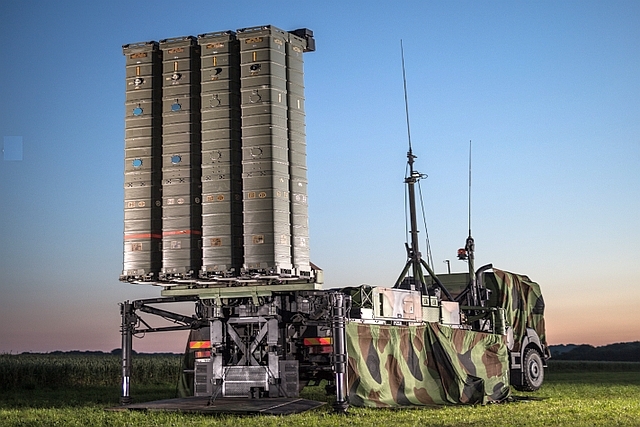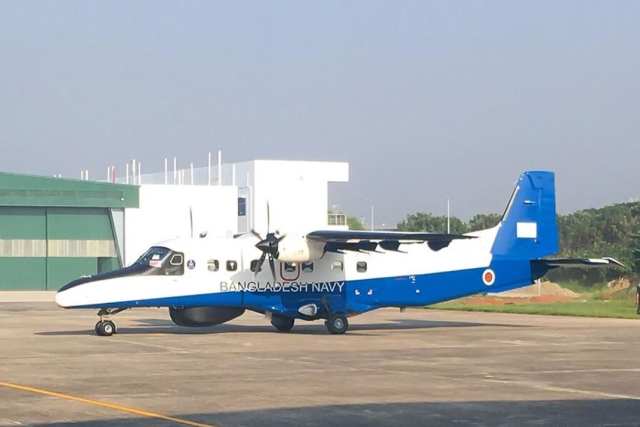Lockheed Martin's Mobile User Objective System Tests Simulate Satellite Network
The number of end users connecting to the U.S. Navy's Mobile User Objective System (MUOS) will grow as radio terminal providers begin using a testing facility that simulates the satellite network, Lockheed Martin said in a statement.
A team from Harris recently used the lab to connect the AN/PRC-117G Falcon III radio to MUOS systems developed by Lockheed Martin. It's one of several terminals that are well under way in testing their connections with the constellation.
Many terminals--from hand-held radios to satellite links on ships, planes and ground vehicles--can easily integrate this new type of signal, and Lockheed Martin's facility helps developers test those connections. While some terminals are new products, the lab also helps existing terminals connect. Enabling access for radios in inventory means more users can use MUOS without the cost of all new gear.
"MUOS provides a leap in capability that can save lives and improve missions, so naturally we want as many users to connect as possible," said Dave Helseth, Lockheed Martin director of Systems Engineering, Integration and Test for MUOS. "Over 55,000 currently fielded terminals could be upgraded for full MUOS capability as early as 2016. Our simulation lab helps providers quickly complete their integration work and move forward with government certification."
According to Harris, the Department of Defense uses more than 30,000 AN/PRC-117G terminals. With a MUOS update, all could be ready for MUOS connections pending government certification. Additionally, the General Dynamics AN/PRC-155 manpack radio is the terminal program of record and offers more connections.
MUOS delivers secure, priority-based voice and high-speed data to mobile users using an advanced waveform similar to commercial cell phone technology. The radio testing facility incorporates a full ground station, satellite payload, radio instrumentation and simulators that emulate radio links in challenging conditions, such as rain, forest canopy and urban canyons.











